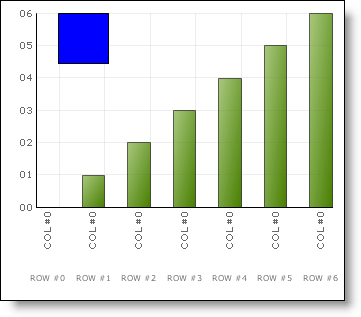Imports Infragistics.UltraChart.Core Imports Infragistics.UltraChart.Core.Primitives Imports Infragistics.UltraChart.Data Imports Infragistics.UltraChart.Resources Imports Infragistics.UltraChart.Resources.Appearance Imports Infragistics.UltraChart.Shared.Styles

